[rating=9.00]
The overtly religious phase of Bob Dylan’s career may in fact be its most misunderstood phase and that’s saying something given the controversy this man’s stirred up over the years. Yet the period chronicled on Trouble No More – The Bootleg Series Vol. 13/1979-1981 contains some of the Nobel Laureate’s finest recordings and most enduring, heartfelt songs, dual realities somewhat hard to grasp at the time they happened.
There’s much to recommend a discriminating path through this material. Even in the form of the two-CD package (actually the first two discs of a larger box set including a book and a DVD documentary), the same preconceptions may dog the processing of the work(s) as originally issued. Still, hearing the most outstanding songs in their proper context, either in the form of live concert recordings or outtakes, makes a crucial difference: as with like “Covenant Woman,” it is nothing less than remarkable how different (and meaningful) so many of these songs now sound. In fact, some of the most notable but often overlooked numbers of Dylan’s–in the broadest possible sense, not just within this interval of his history– bring this second compact disc to a dramatic conclusion.
Originally only released as the b-side of a single, “The Groom’s Still Waiting at the Altar” is a rip-snorting blues shuffle underpinning an account of apocalypse personal and universal: guitarist Steve Ripley should receive enormous credit for the guitar work with which he leads the charge here. “Caribbean Wind” is one of Bob Dylan’s most vividly reflective pieces of writing and even in this rehearsal take with pedal steel, it’s arranged and played with all the lucid imagination of the composition itself (and its previously-released version on Biograph). And, in contrast to the dogmatic attitude that afflicted much of the Nobel Laureate’s writing during this period of his career (see “Ain’t No Man Righteous, No Not One”), the author sings “Every Grain of Sand” as it should be sung, simply and straightforwardly, thereby most effectively communicating the humility he intends.
It’s been said that Bob Dylan’s live performances in the 1979-1981 period are as fiery in their own way as those in that vaunted time during which he toured with the Hawks, née The Band, released as The 1966 Live Recordings. Comparing the concert recordings of Trouble No More with last year’s vault package(s), it’s well nigh impossible to argue that point. But the unrelenting stubbornness of Dylan’s mindset as he wrote, sang and sermonized via songs like the heretofore unreleased “Ain’t Gonna Go to Hell for Anybody,” finds an anchor in his band: including, at various points, drummer extraordinaire Jim Keltner and guitarist Fred Tackett (now of Little Feat), the measured elegance of the ensemble(s) contrast with their fiery leader and thus only compress and thereby heighten the overall intensity.
Perhaps that’s why these last two archive packages were scheduled in sequential order. The Bootleg Series Vol. 13/1979-1981 no doubt reminds what an acquired taste this chapter of Bob Dylan’s story may remain, but as a veritable treasure trove from his vault, this release may very well be the key to understanding and enjoying this particular fruit of his creativity on its own terms.

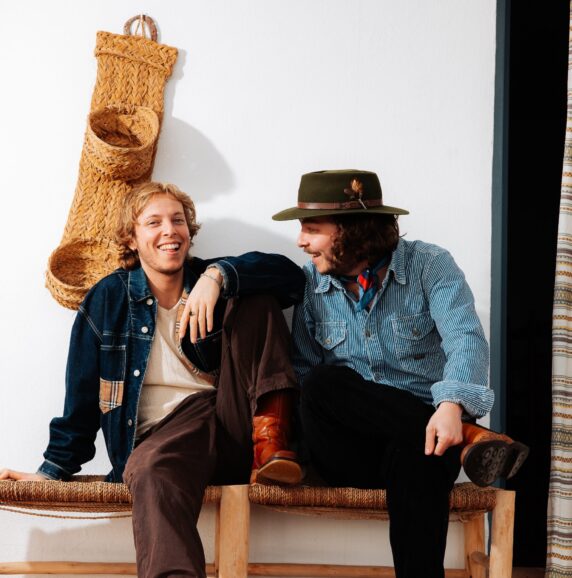
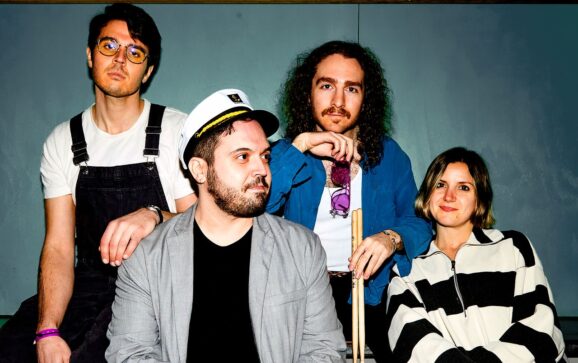
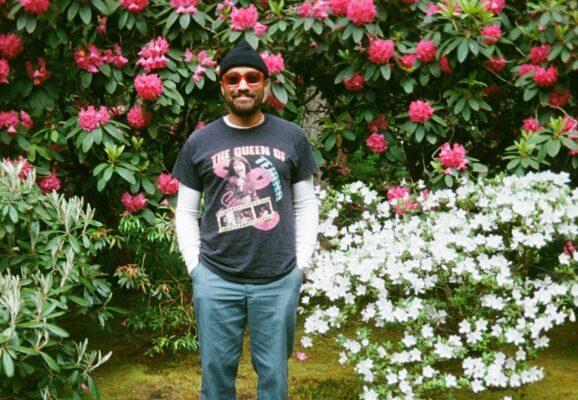


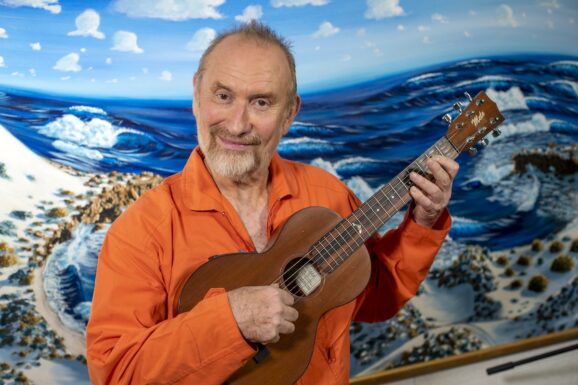
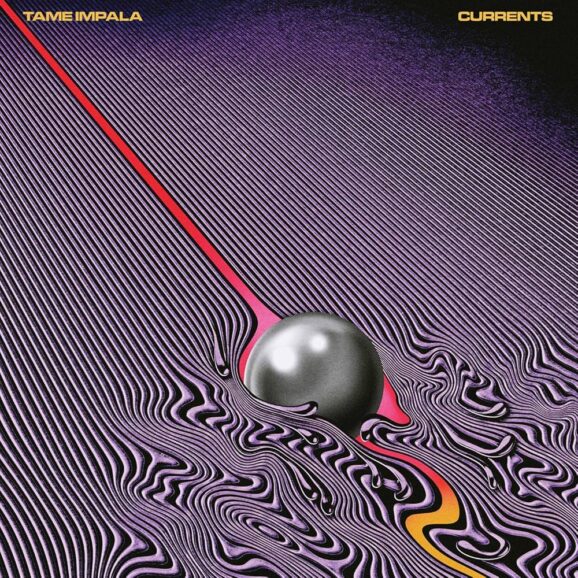
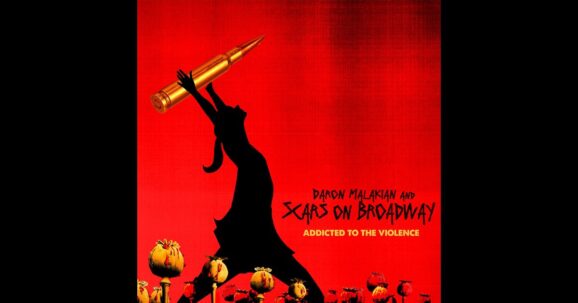

One Response
Shalom & Erev tov…
Reb Harold Lepidus, 2017. The second coming of Bob Dylan’s ‘gospel’ period. us.blastingnews.com, 1 November
Reb Seth Rogovoy, 2017. Was Bob Dylan at his best when he was christian? forward.com, 30 October
I have read, with keen interest, the observations of two beloved chroniclers, Reb Harold Lepidus and Reb Seth Rogovoy, on the events of October/November 1978, especially 19 November 1978 in a Tuscon hotel. Others who were there witnessed no change in atmosphere or demeanors. But subsequent events have been my focus for 39 years, particularly the frenzied Vineyard Fellowship founded by Kenn Gulliksen. It was not until 2005 that one of the eyewitness acolytes to that cult’s history, Thomas Winfield Higgins, broke the veil of secrecy, doing his detailed 100 page M.A. thesis at Gordon-Conwell Theological Seminary on Mr Gulliksen. They were sacralising secularisation. Horrorwood apostates such as Al Kasha were part of the cult, Mr Kasha providing witnessing of ‘how Bob Dylan prayed the sinner’s prayer in my home, and wrote his first christian album there’. I explicate this, in detail, in my monograph-in-progress, Shabtai Zisel benAvraham v’Rachel Riva: davening in the musematic dark.
I witnessed November 1979 and November 1980, in San Francisco, and heard tapes of subsequent events, including the screeds emanating from the stages. I do not share the idea that ‘messianic Jews’ are ‘completed Jews’. They are not Yehu’dim, but apostates. There is no uniformity in Hebrew terms for ‘apostasy’, but the one I prefer is derived from the literature: meshumad, the base word being sh-m-d, ‘to destroy’.
I saw and listened. Those who now insist the intensity of what he was performing was one of the ‘inspired periods of his career’, that Shabtai Zisel’s was presenting ‘spirit-filled songs of praise, worship, and devotion. These songs were as deeply personal and packed with poetics as any Dylan had ever written, but the force of conviction and power of faith evident in these performances baffled segments of Dylan’s fanbase (just as Dylan’s “going electric” had alienated folk purists in 1965)’.
I find this rationalisation unacceptable, and nonsensical. It is 2017. I first heard Shabtai Zisel in late 1961. I am still a Yehu’di who has spent most of my life immersed in his words. I did not in 1979, nor do I now in 2017, think ‘rock ‘n’ roll gospel’ to be ‘spirit-filled’. To equate betrayal, this being apostasy/meshumad, 33 years after Auschwitz, with playing an electric guitar in 1965 as being revelatory — this is proselytising from accountants.
As Rabbi Yitz Greenberg has said, our existence is echoing with the screams of the Yehu’dit children burned alive in August 1944 at Auschwitz on massive wood tiers. The perpetrators were devout ‘born-again’ natz’rim, who prayed, sending letters home to their families, tenderly describing having killed ‘vermin’. They, like the Vineyard Fellowship movement, were yearning for the Rapture, when they would be ‘taken up’ after their natz’ri ‘messiah’ had defeated the Yehu’dit Mashiach, and the remaining Yehu’dim were totally exterminated.
It took a crisis intervention on the part of many — his mother Beatty Rutman, Sara Dylan, Allen Ginsberg, Reb Louis Kemp, R. Manis Friedman, and many others — to bring Shabtai Zisel to the presence of The Rebbe. Ron Rosenbaum in 1979 noted ‘Dylan’s conversion has some disturbing hints of cult brain-washings’. He should have pursued this fact. I do not solicit, nor need, the evangelical propaganda of a gossipographer Heylin (who considers CHaBaD a ‘cult’) to teach me the Midrash of being a Yehu’di after Auschwitz…or the prophets of profit at Special Rider/SONY. Nor, as a Yehu’di, can I fathom the ‘higher antisemitism’ (to borrow from R. Solomon Schechter in 1915) of Hal Lindsey.
In 1938, Rabbi Boaz Cohen, for the Committee on Jewish Law & Standards (CJLS), was quoted as saying an apostate (and this applies to Shabtai Zisel), must state teshuvah and intention to return to the family of Yehu’dim, perhaps at a shul service before witnesses. Then the apostate is to appear before a Bet Din, and undergo tevilah. Rav Cohen in 1941 detailed the process. This is the general framework which Shabtai Zisel was introduced to by CHaBaD shluchim/emissaries. (With ahavat yisra’el, I disagree with Reb Harold’s phrase that CHaBaD-Lubavitch is a ‘sect’.) By 1980, Allen Ginsberg said in 1985, Shabtai Zisel had ‘evolved out of it [‘the symbolism of born-again christianity’] as something closer to his natural Judaism, which he has–long ago. He hasn’t been a born-again christian for a long time now’.
Do I still study and listen to Shabtai Zisel? I have since 1961. But 1979-1981 are reflexions of a pulsating aura of a daemonic re/incarnation of Shabbateanism. In 2017, a clarification (not word games) from Shabtai Zisel / ‘Bob Dylan’ for the words and travesties of 1979-1981 are needed.
Rabbi Michael Higger, 1938. Committee on Jewish Law. Proceedings of the Rabbinical Assembly 5:368-369 [369 is the paraphrase of Rabbi Cohen]
Rabbi Boaz Cohen, 1941. Supplement on Jewish Law. Responsa–Yoreh Deah 268.12.3. The repentant apostate. Bull Rabbinical Assembly 4(2):9-10
Rabbi Kasel Abelson & Rabbi Reuven Hammer, 2012. The status of “Messianic Jews”. YD 268.12.2012a. The Rabbinical Assembly, CJLS, 23 October, 18pp. NB: they mention (2012:15 n. 23) the 1938 R. Boaz Cohen paraphrase without the correct attribution to the 1941 paper.
~~~~~~~~~~~~~~~~~~~~~~~~~~~~~~~~~
STEPHAN PICKERING / חפץ ח”ם בן אברהם
Torah אלילה Yehu’di Apikores / Philologia Kabbalistica Speculativa Researcher
לחיות זמן רב ולשגשג…לעולם לא עוד
THE KABBALAH FRACTALS PROJECT